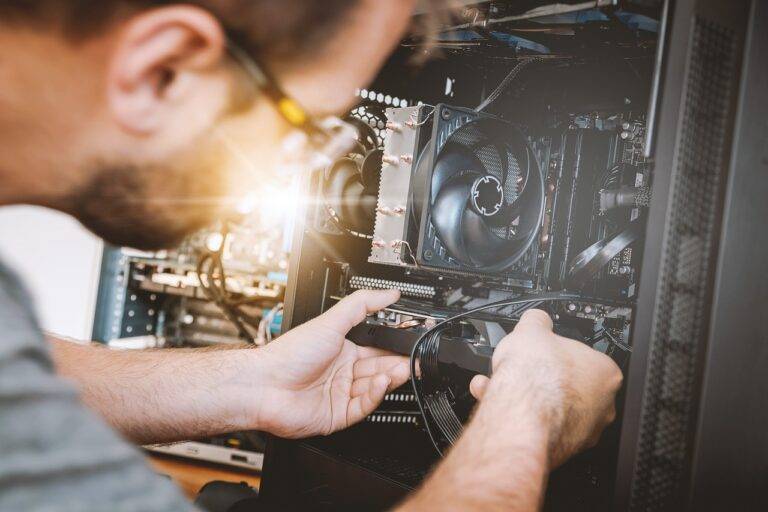AI Technology in Umpiring: Improving Decision Accuracy
Advancements in AI technology are poised to revolutionize the field of sports officiating, particularly in the realm of umpiring. With the capabilities of machine learning and computer vision, AI systems can analyze plays with accuracy and efficiency that human umpires may struggle to match. As technology continues to evolve, we can expect to see AI umpiring systems becoming more integrated into various sports leagues around the world.
The future developments in AI technology for umpiring hold the promise of enhancing the fairness and consistency of officiating across different sports. By incorporating AI into the decision-making process, potential errors and biases could be minimized, leading to more objective rulings during games. As the technology matures and becomes more sophisticated, we may witness a significant shift in how sports are officiated, ultimately benefiting both athletes and fans alike.
Case Studies of Successful Implementation of AI Umpiring Systems
The implementation of AI umpiring systems in sports has shown promising results in enhancing the accuracy and fairness of officiating. In tennis, the Hawk-Eye system has been widely utilized to assist in line-calling decisions with remarkable precision. By using a network of high-speed cameras and computer algorithms, Hawk-Eye can provide real-time tracking of the ball to determine whether it is in or out of bounds.
Another notable case study is the adoption of VAR (Video Assistant Referee) technology in soccer, which has revolutionized the way contentious decisions are reviewed. VAR allows match officials to review game-changing incidents through video footage, providing them with additional angles and perspectives to make more informed decisions. This system has helped reduce human error and controversy in critical moments of the game, leading to a more transparent and accurate officiating process.
The Potential for AI Technology to Revolutionize Sports Umpiring
Advancements in artificial intelligence (AI) technology have been paving the way for a potential revolution in sports umpiring. By harnessing the power of AI, sports organizations can enhance the accuracy and consistency of officiating, ultimately leading to a fairer playing field for all athletes involved. The potential for AI to streamline decision-making processes and provide real-time insights during matches is reshaping the landscape of sports officiating.
AI technology offers the capability to analyze vast amounts of data within seconds, allowing for quick and precise calls to be made on the field. This level of efficiency not only reduces human error but also adds a new dimension to the way sports are officiated. With AI systems continuously learning and improving, the future holds promising opportunities for sports umpiring to be transformed into a more transparent and reliable process.
How can AI technology improve sports umpiring?
AI technology can improve sports umpiring by providing more accurate and consistent calls, reducing human error, and offering real-time analysis of gameplay.
Are there any sports leagues currently using AI technology for umpiring?
Yes, some sports leagues have started implementing AI technology for umpiring, such as the MLB using the TrackMan system for calling balls and strikes in some minor league games.
Will AI technology completely replace human umpires in the future?
While AI technology may assist human umpires in making calls, it is unlikely that it will completely replace them in the near future. Human judgement and experience are still valuable aspects of sports officiating.
How can AI technology impact the fan experience in sports?
AI technology can enhance the fan experience by providing more accurate and timely calls, increasing transparency and fairness in officiating, and offering new insights and data for analysis and discussion.
What are some potential challenges of implementing AI technology in sports umpiring?
Some potential challenges of implementing AI technology in sports umpiring include ensuring the accuracy and reliability of the technology, addressing concerns about privacy and data security, and managing the transition and acceptance of new systems by players, coaches, and fans.







